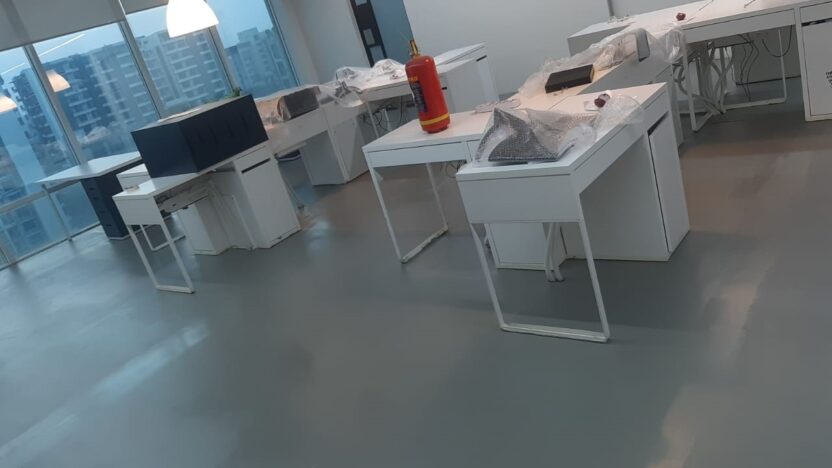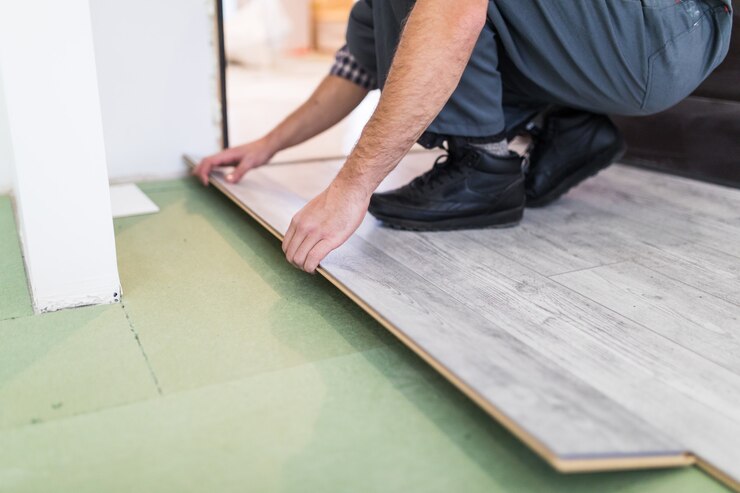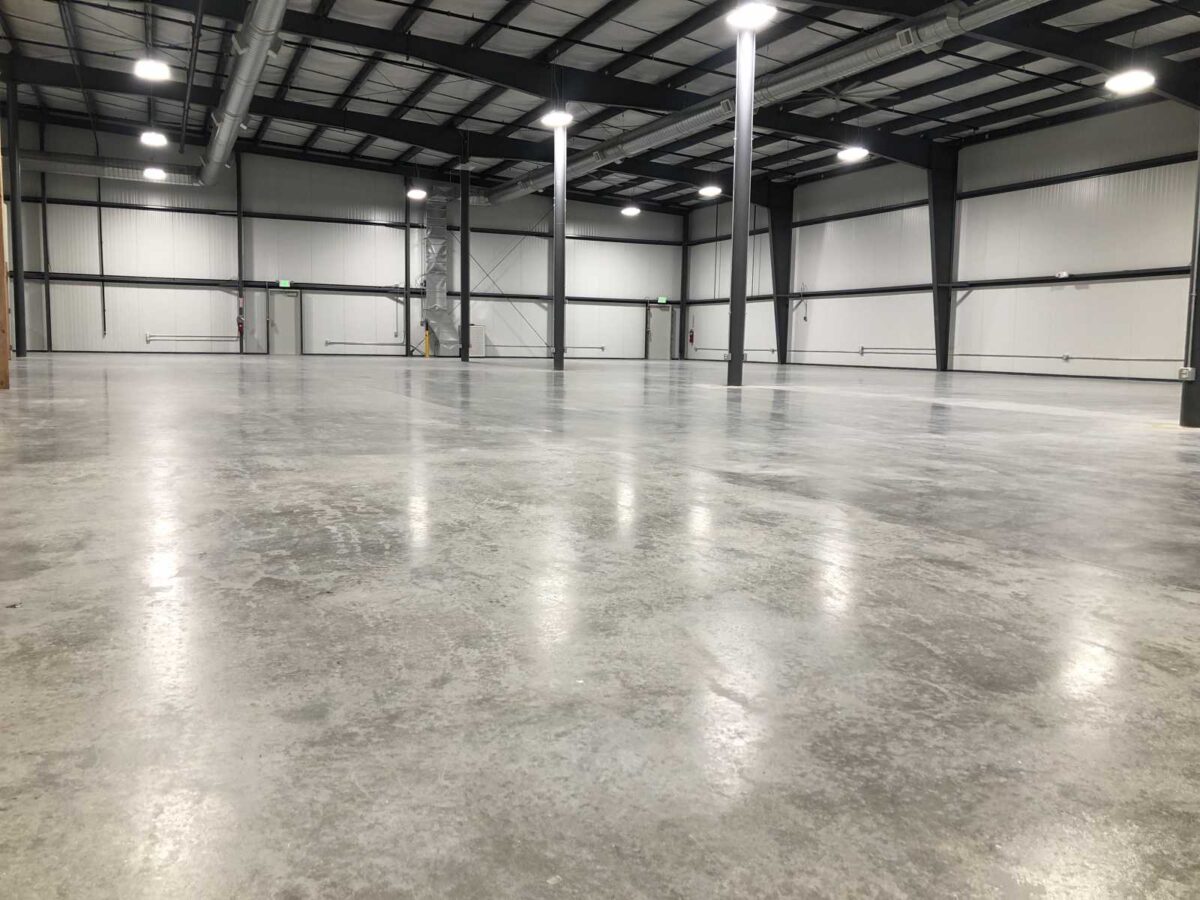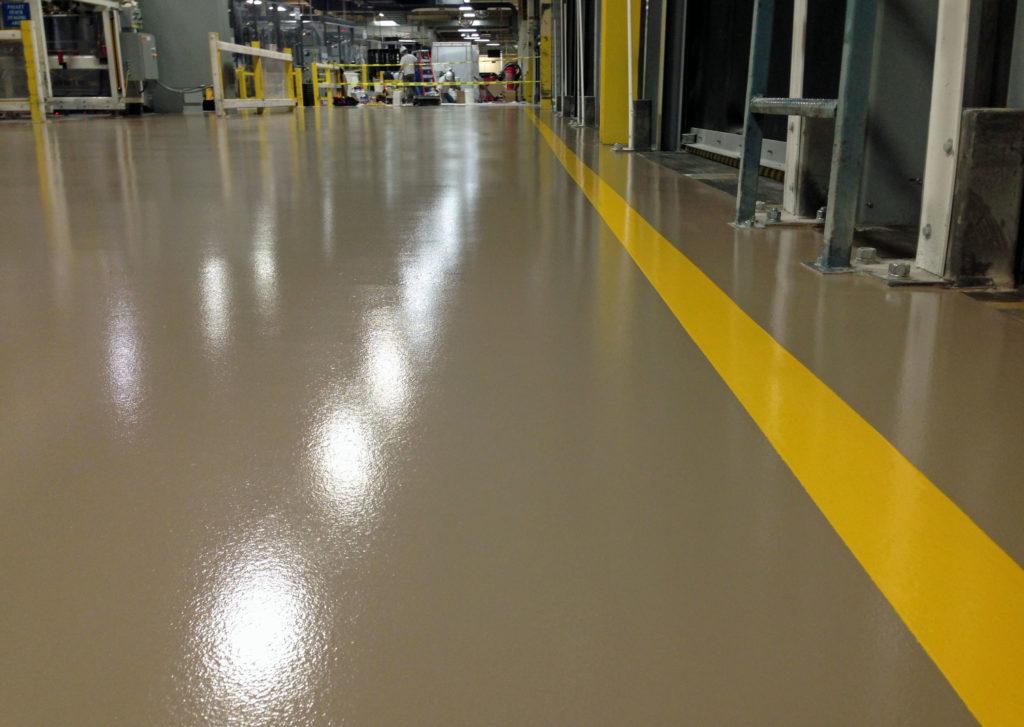Managing Static Electricity In Industrial Environments: The Importance of Antistatic Flooring And Coatings

In today’s modern industrial environment, the requirement for antistatic flooring has become increasingly important. The build-up of static electricity is an inevitable consequence of many industrial processes and can pose a significant risk to equipment and workers. Antistatic flooring provides a controlled environment that helps dissipate static electricity and reduce the risk of electrostatic discharge (ESD) events. This blog will explore the basics of antistatic flooring and its suitability for different industries, including the benefits and risks associated with antistatic coating floors.
Antistatic flooring is designed to provide a low-resistance path to the ground, which helps to prevent the build-up of static electricity. This type of flooring is typically made from materials such as vinyl, epoxy, or polyurethane, which are impregnated with conductive particles such as carbon or metallic fibres. These conductive particles help to create a conductive layer that provides a path for static electricity to flow safely to the ground. It is also known as electrostatic discharge (ESD) flooring and is used in a variety of industries, including electronics, telecommunications, healthcare, and manufacturing.
- In the electronics industry, antistatic flooring is essential to protect sensitive electronic equipment from damage caused by ESD events. Electronic components are highly susceptible to static electricity, and even small static charges can cause permanent damage to electronic devices. This type of flooring helps to reduce the risk of ESD events by providing a controlled environment that dissipates static electricity and prevents the build-up of static charges. In addition to this, the electronics industry also uses antistatic workstations and protective equipment, such as antistatic wrist straps and smocks, to further reduce the risk of ESD events.
- In the telecommunications industry, this flooring is used to protect sensitive communication equipment from ESD events. Communication equipment, such as servers and routers, can be damaged by even small static charges, which can cause malfunctions or data loss.
- In the healthcare industry, this flooring is used to protect patients and medical equipment from the risks associated with static electricity. Static electricity can cause discomfort to patients, particularly those with sensitive skin or conditions such as eczema. Antistatic flooring helps to reduce the risk of discomfort caused by static electricity by providing a controlled environment that dispels static charges.
- In the manufacturing industry, this kind of flooring is used to protect both equipment and personnel from the risks associated with static electricity. Manufacturing processes can create a significant amount of static electricity, particularly in processes that involve the movement of materials.
While it offers many benefits, there are also some risks associated with this type of flooring.
- Antistatic flooring must be properly installed and maintained to ensure that it continues to provide a safe and controlled environment. Failure to maintain it can increase static electricity, which can pose a risk to both equipment and personnel. Additionally, this type of flooring can be more expensive than traditional flooring materials, which can be a concern for some industries.
- Another option for reducing the risk of static electricity is to use an antistatic coating. Antistatic coatings are designed to provide a conductive layer that helps to dissipate static electricity. These coatings can be applied to existing flooring materials, such as concrete and are available in a range of formulations that are suitable for different industries and environments. Coating floors are a cost-effective option for industries that require antistatic protection but may not want to invest in new flooring materials.
How to Select the Antistatic Coating
When choosing an antistatic coating, it is essential to consider the environment in which the coating will be applied. Different coatings are suitable for different environments, and choosing the wrong coating can result in ineffective static protection or even damage to the coating. Some factors to consider when selecting an antistatic coating include the following:
- The level of foot traffic in the area.
- The type of materials that will be stored or moved across the floor.
- The presence of chemicals or other hazards that could affect the coating.
Types of Antistatic Coating
- Epoxy coating– One common type of antistatic coating is a conductive epoxy coating. Epoxy coatings are a popular option for industrial flooring because they are durable, easy to clean, and resistant to various chemicals and abrasions. Conductive epoxy coatings are formulated with conductive particles that provide a low-resistance path to the ground, which helps to prevent the build-up of static electricity. They are suitable for various industrial applications, including manufacturing, electronics, and healthcare.
ElectroShield is a type of antistatic flooring system, where in products are offered based on type of floors required for end application. Three range of products are offered, such as:
| Conductive Flooring: | Resistance on floor | <1 X 106 | ohm | |
| Static Dissipative Flooring | Resistance on floor | 1 X 106-1X 109 | ohm | |
| Antistatic Flooring | Resistance on floor | 1 X 109-1X 1011 | ohm | |
Wrapping Up
In conclusion, antistatic flooring is essential for many industries, particularly those that deal with sensitive electronic or medical equipment. It provides a controlled environment that helps to dissipate static electricity and reduce the risk of ESD events. While it can be more expensive than traditional flooring materials, the benefits of this flooring, in terms of protecting equipment and personnel, far outweigh the costs. For industries that may not want to invest in new flooring materials, the antistatic coating offers a cost-effective solution for reducing the risk of static electricity.
Choosing the right antistatic coating floor for a particular environment is essential to ensure effective static protection and avoid damage to the coating. Combined with other measures such as antistatic workstations and equipment, a clean and dry work environment, and proper maintenance, antistatic flooring and coating can help ensure a safe and controlled industrial environment.





